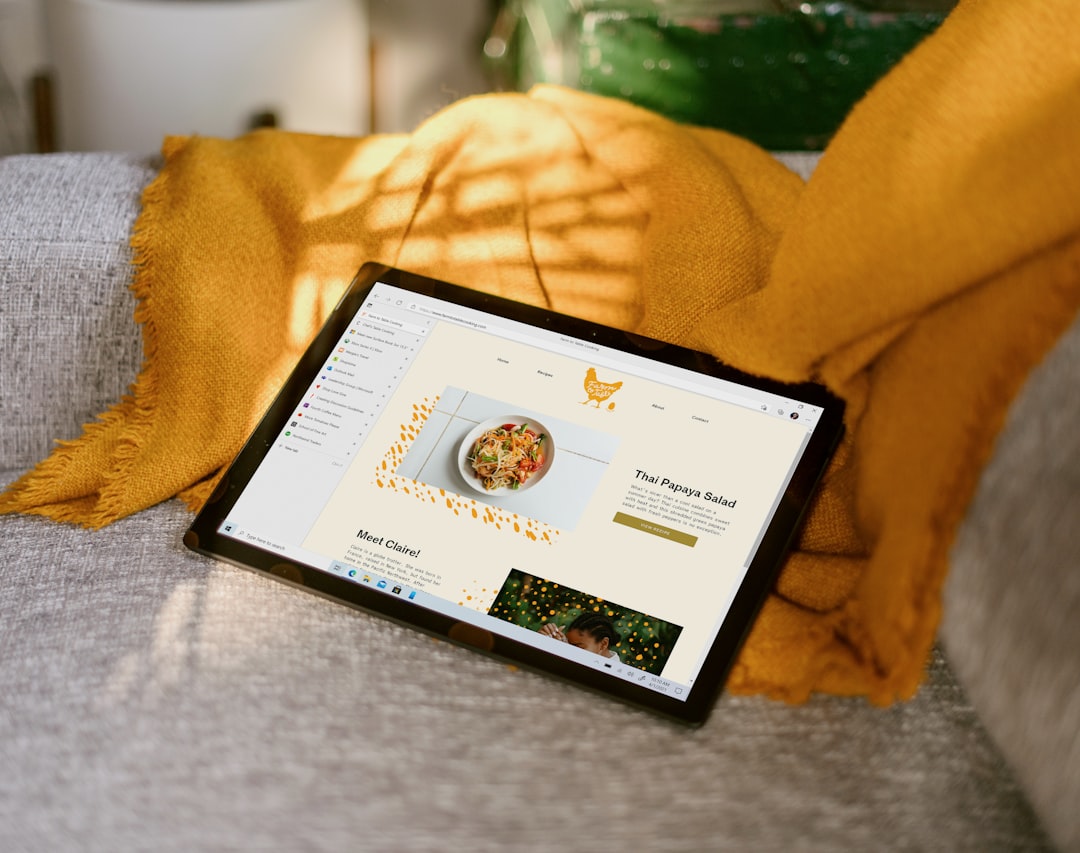In the increasingly competitive landscape of mobile commerce, delivering a seamless and intuitive user experience is paramount. One critical detail that significantly improves the overall shopping interaction is the inclusion of a quantity widget. For developers using Flutter, Google’s open-source UI toolkit, the question remains: is it worth integrating a dedicated Flutter Quantity Widget into your app? The answer goes beyond mere aesthetics and dives deep into functionality, usability, and performance.
What is a Quantity Widget?
A quantity widget is a user interface element found in eCommerce apps that allows customers to adjust the number of items they wish to purchase. Typically, this widget includes buttons for incrementing and decrementing values, along with manual entry fields in some cases. In Flutter, these widgets are built using a combination of components such as Row, IconButton, TextField, and StatefulWidget logic.
Though seemingly simple, this UI element plays a crucial role in minimizing user friction and speeding up the checkout process.

Why Should You Consider It?
For many developers and product owners contemplating the inclusion of a quantity widget in their Flutter apps, understanding its real value is key. Here are some reasons why it’s more than just a “nice to have” feature:
- Enhanced User Experience: Quantity control widgets bring a sense of familiarity and ease to users. Shoppers know instantly how to add or reduce quantities, which minimizes confusion and increases conversion.
- Prevention of Human Error: A dedicated widget with increment and decrement buttons limits the chances of users typing an incorrect quantity.
- Faster Navigation: Limiting users to taps over typing shortens the time taken to adjust item numbers, especially during multi-item purchases.
- Improved Accessibility: With proper spacing and large enough touch targets, the widget contributes to an ADA-compliant app experience.
Performance in Flutter
Flutter excels at producing high-performance, fluid UIs. A quantity widget is relatively lightweight from a resource usage perspective, especially if created efficiently. Using Flutter’s declarative design, you can create reusable and efficient quantity components that respond well to state changes.
Integration with state management tools like Provider, Bloc, or Riverpod ensures that quantity changes are handled consistently across the app. This allows for better inventory checks, seamless cart updates, and real-time pricing adjustments.
Use Case Scenarios
The use of a quantity widget becomes particularly important in the following scenarios:
- Wholesale or B2B eCommerce platforms requiring bulk purchasing options.
- Grocery apps where users typically buy multiple units of the same item.
- Subscription-based services offering tiered pricing based on quantity.
Failing to offer an easy quantity selection in these environments can frustrate users and result in cart abandonment.

Customization and Branding
One of the advantages of using Flutter is the ability to craft highly customized widgets that align with your brand’s design language. A quantity widget can be styled to match your color scheme, iconography, and typography. You might even include animation states for visual feedback when the number changes.
Moreover, Flutter’s ability to adapt across both iOS and Android means the widget will look and behave consistently regardless of platform, which is critical for maintaining a unified brand experience.
Challenges and Considerations
Despite its benefits, some potential drawbacks or obstacles should be considered:
- Edge Case Handling: Input validation is essential to prevent issues such as negative values or exceeding stock limits.
- State Management: Without proper control, increased state complexity can impact performance, especially in large-scale apps.
- User Input Versatility: Some users prefer to type quantities directly. Ensuring the widget supports both manual entry and button controls increases usability.
Conclusion
Integrating a Flutter Quantity Widget in your eCommerce app is not merely a design choice—it’s a strategic enhancement that contributes to smoother user journeys and better conversion metrics. Given its low development cost and high impact on usability, it is, for most applications, a worthwhile investment.
Whether your app caters to occasional shoppers or bulk buyers, a well-designed quantity widget built with Flutter can significantly elevate the shopping experience.
